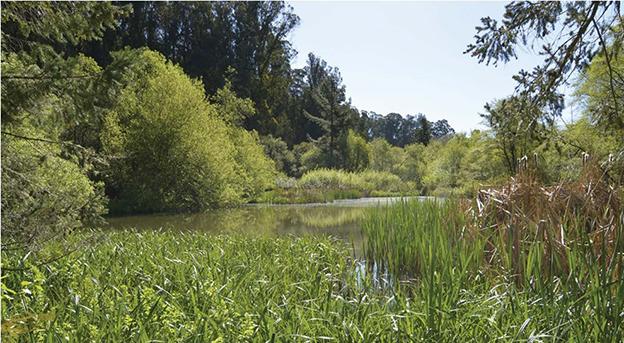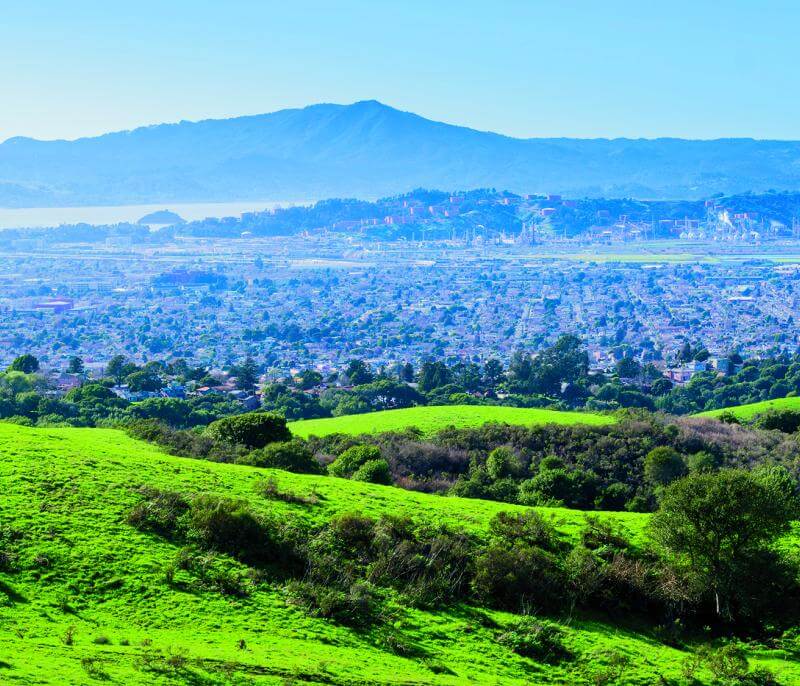Overview

The Park District recognizes Jewel Lake’s long history and its place in the landscape. Currently the District is studying periodic dredging and other sustainable long-term strategies to maintain a destination for public enjoyment and protect and enhance habitat for native species.
The purpose of this study is to develop a preferred concept to move forward into design and construction, depending on available funding. The concepts will be evaluated in relation to the following project goals along with other considerations:
- Enhance Native Species Habitat
- Provide Salmonid Passage
- Provide Sediment Continuity
- Maintain Level of Public Access
- Maintain / Provide a “destination” for public
- Maintain lake as open water
The Jewel Lake Study is focused on two futures that include:
- Remove the dam and spillway
- Restore Wildcat Creek as a naturalized ecosystem
- Create reliable fish habitat and fish passage
- Potentially provide new bridges and creek overlook opportunities
- Retain and expand the riparian boardwalk
- Include interpretive opportunities and elements
- Preserve open water habitat
- Construct diversion structure to manage sediment and flow
- Modify Jewel Lake to create a bypass channel
- Need to operate diversion structure indefinitely for fish passage operation
- Retain and expand the riparian boardwalk
Site Description
Jewel Lake, constructed in 1921 with an earthen dam across Wildcat Creek, has served generations of park patrons and provided habitat to native wildlife. The dam also traps large quantities of sediment that build up over time, reducing the lake’s depth and volume and affecting public enjoyment and the wildlife that call it home. The current dam and lake also prevent rainbow trout from migrating upstream.
History
Native people have lived in Alameda and Contra Costa County for millennia, subsisting on and caring for a landscape of streams, Bay wetlands, open grasslands, and wooded foothills. Jewel Lake is within the tribal territory of the Huchiun, who were Chochenyo-speaking Ohlone people. The Huchiun territory included the Wildcat Creek Watershed and included the present-day cities of Alameda, Berkeley, Emeryville, El Cerrito, and most of Oakland. Many descendants of these first peoples continue to call the greater East Bay their home.
Project Resources
Links
- September 14, 2021: Board Executive Committee Presentation
- October 20, 2021: Four Concept Plans
- October 20, 2021: Public Workshop
- Workshop video (Youtube)
- Presentation (PDF)
- Workshop Summary Packet (PDF)
- October 28, 2021: News Article – What to do about Jewel Lake? Leave it, dredge it, or route creek around it?
- March 11, 2022: Board Executive Committee Meeting Presentation (PDF)
- Video (Youtube)
- April 21, 2022: Public Workshop #2
- Public Workshop Flyer (PDF)
- Workshop Summary Packet (PDF)
Contact
For more information, please contact Scott Stoller, Civil Engineer, at sstoller@ebparks.org or (510) 544-2316
